Since your tires maintain consistent contact with the road, you should make sure that they are well maintained. That includes knowing about tire pressure.
With low tire pressure, your vehicle’s performance and fuel economy can be compromised. Therefore, you should know how fast tires lose air.
Here, we will take a look at commonly asked questions about tire pressure.
How Long Should You Expect Before Your Tire Lose Air?The typical rate at which a tire will lose pressure is about 1-3 psi per month. If you don’t inflate your tires for six months, then you could lose as much as 6-18 psi. This will likely give you low tire pressure since the normal psi range is about 30 to 35.
Table of Contents
How Often Should You Check Tire Pressure?Because your tires lose pressure over a month, you should make it a habit to check your tires at least once a month.
One of the best places to check your tires is at a fuel station.
You may also want to consider purchasing a portable tire inflator that will also be able to measure tire pressure.
Why Do My Tires Lose Air So Quickly?First, sometimes a tire might appear flat though it is perfectly inflated.
There are several reasons why your tires can lose pressure:
 This could cause accelerated pressure loss. The best solution is to replace your valve stems when they get old.
This could cause accelerated pressure loss. The best solution is to replace your valve stems when they get old.
 Sometimes, you can deal with the issue by reflating the tire.
Sometimes, you can deal with the issue by reflating the tire.If one of your tires is wearing faster than the others it could also be a sign that it doesn’t hold air as well. So keep an eye on that!
Do Older Tires Lose Air Faster?Older tires will tend to lose pressure faster for several reasons.
On average, a tire will last anywhere from 40,000 to 50,000 miles before it loses air at an accelerated rate.
Do Tires Lose Air Faster When You Drive a Lot?It depends on the type of drive you do and the road conditions.
For instance, if you do lots of off-road driving, then the road hazards may cause the tires to flex and lose air pressure.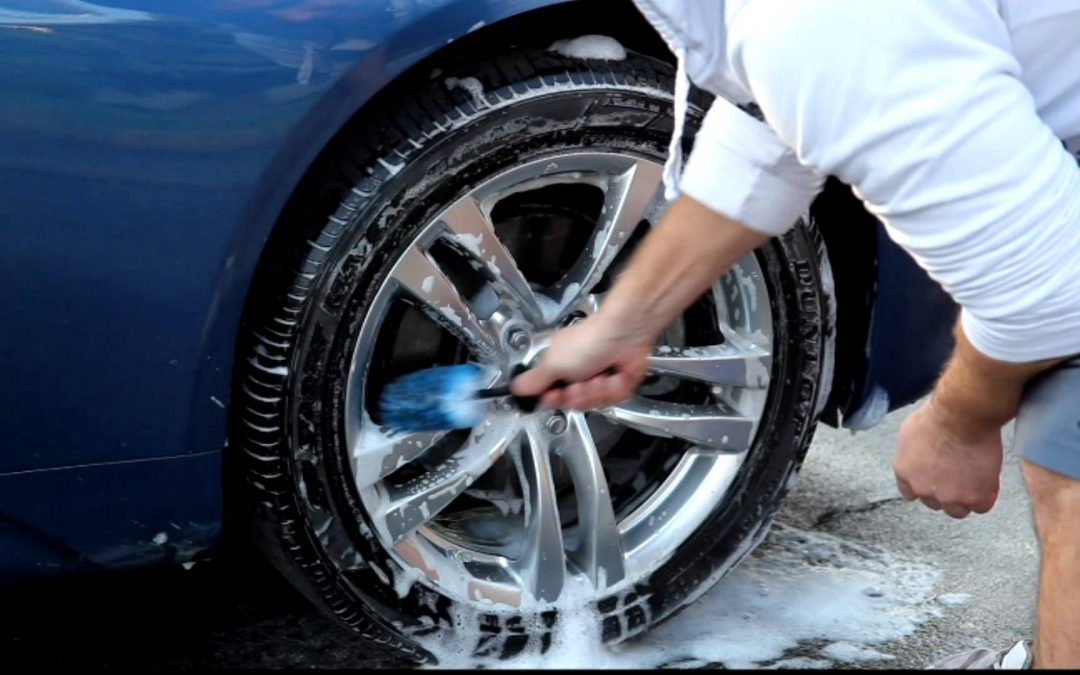 Also, if you have to drive on a road that is riddled with potholes, then you can expect to lose pressure faster.
Also, if you have to drive on a road that is riddled with potholes, then you can expect to lose pressure faster.
However, you will lose more tire pressure if you keep your car parked for an extended period.
Another issue that will cause a tire to lose air pressure is simply how many miles you put on them. As an example, if you drive 20,000 miles per year, then your tires will become old after two years.
Therefore, you should carefully monitor how many miles your tires have accumulated.
Do Low-Profile Tires Lose Air Faster?Because low-profile tires are thinner than higher-profile tires, they will lose air at a faster rate. Also, it will take less air for low-profile tires to become deflated.
If you drive with low-profile tires, then you should expect them to lose pressure more often.
Do Front Tires Lose Air Faster?In many cases, your front tires will lose air at a faster rate than the rear tires.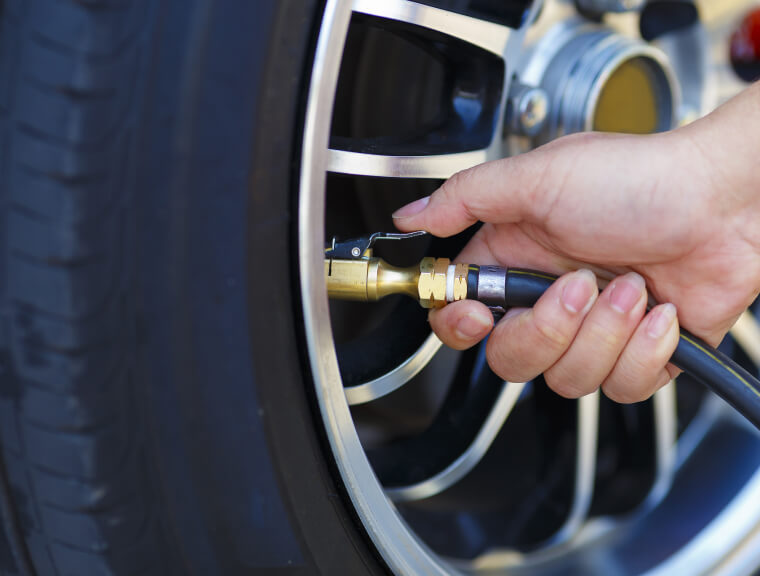 This is because there is usually more pressure on the front tires because of the engine’s weight.
This is because there is usually more pressure on the front tires because of the engine’s weight.
Therefore, you should check the pressure on your front tires often to ensure that they are at a normal level.
Do Tubeless Tires Lose Air Faster?A tubeless tire will typically lose air faster than a tube tire. Therefore, it is a good idea to check the pressure level on a tubeless tire every two weeks.
What Are the Signs That Your Tires Are Going Flat?Since you don’t want to get stuck on the side of the road, you should know the tell-tale signs that your tires are about to go flat.
Here is what you should look out for:
 Be sure to always check tire pressure if you are experiencing excessive road vibration.
Be sure to always check tire pressure if you are experiencing excessive road vibration.To maintain your tires over the long term, they must be well maintained.
Here’s a look at how you can make sure that your air pressure is well sustained all year long:
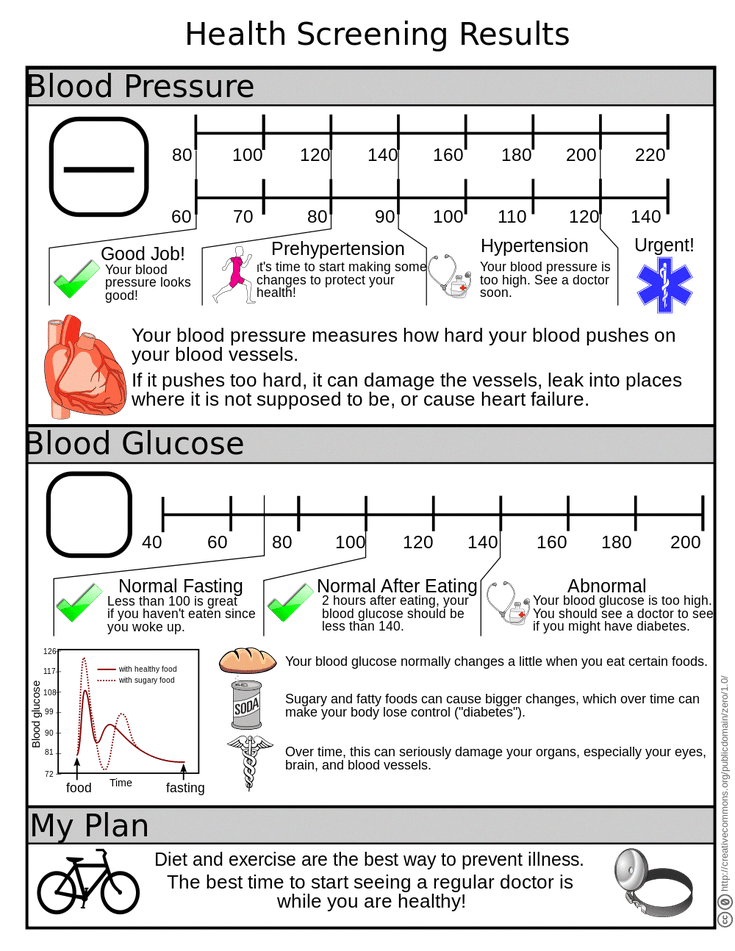
Because your tires must maintain proper pressure, they must be well regulated.
Be sure to check your tire pressure every two weeks to one month. Also, consider changing your tires every 40,000 to 50,000 miles.
Utires.com
girardnissan.com
Did you find wrong information or was something missing?
We would love to hear your thoughts! (PS: We read ALL feedback)
Name (not required)
Email (not required)
Message
Asked
Modified 5 years, 3 months ago
Viewed 65k times
How much air does a tire typically lose each month?
Do nitrogen-filled tires actually lose less air (well, nitrogen) each month? If so, what's normal for them?
According to a tire store manager I spoke with, a tire will lose about 2 PSI each month, whether filled with air or nitrogen.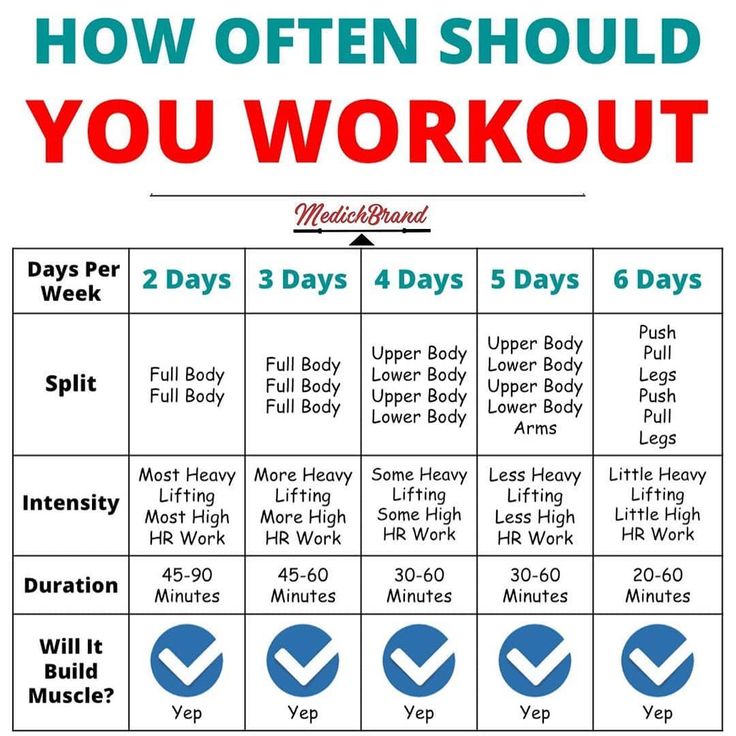 Does this sounds about right?
Does this sounds about right?
From my small sample size (the one vehicle I brought to him), he was right on the money. The tires were all 9 PSI low, and I hadn't checked them in about 4-5 months. (The spare was about 20 PSI low!)
If he is correct, and this is typical, we all should be adding air every month, as even a 2 PSI difference is significant.
1
The tire store manager is pretty much on the money. A better way to say it, though, might be:
A normal tire can lose up to 2 psi a month.
Why is this important? Every tire/wheel combo is going to be different in the rate at which they lose air pressure. There are several ways (besides a puncture) a tire can lose air pressure. Those might include a bad valve stem seal, valve core issues, bead seal, or even a bad/damaged wheel. Some tire/wheels may never lose air pressure or may lose it at such a slow rate it is fairly imperceptible.
Some tire/wheels may never lose air pressure or may lose it at such a slow rate it is fairly imperceptible.
As far as using nitrogen goes, a Google Search turned up this quote:
First is that nitrogen is less likely to migrate through tire rubber than is oxygen, which means that your tire pressures will remain more stable over the long term. Racers figured out pretty quickly that tires filled with nitrogen rather than air also exhibit less pressure change with temperature swings.
Remember, though, the air we breath is about typically 78% nitrogen and 21% oxygen (and 1% of other gases). Which means most of the gas we put into our tires normally is nitrogen ... if the above quote is true, it's mainly the oxygen which is escaping through the tire. Having nitrogen in your tires means if you want it to stay as such, you need to check and refill using nitrogen. This may pose an issue of travelling to your local tire shop to get the pressure checked, unless you have a portable source of nitrogen lying around.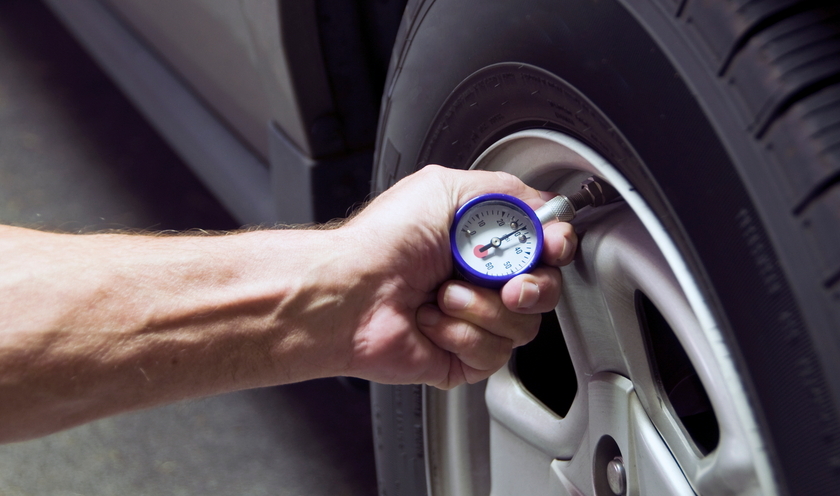
With all this said, the most important thing you could do is to check your tires on a monthly basis to ensure proper pressure resides inside. This will keep you, your passengers, and vehicle safe from tire failure due to under-inflation.
6
Normally a tire loses around 1-2 psi a month. However this figure is absolutely a generic statement. In real life, the figure depends upon various factors:
Now, coming to the specifics of the above points:
If you drive your car daily for a considerable number of miles(~20 miles), then you may not see even 1psi drop in tire pressure over a month(if you dont have any puncture and considering all other scenarios to normal).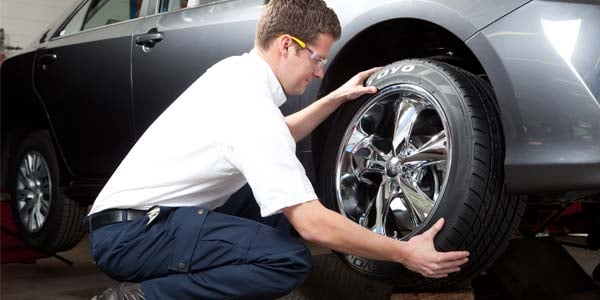 However if you drive occassionally, then you may see a big drop(+2-4 psi) in tire pressure over a month. That explains why your spare showed so big drop (20psi) is tire pressure as you dont use the spare while on road.
However if you drive occassionally, then you may see a big drop(+2-4 psi) in tire pressure over a month. That explains why your spare showed so big drop (20psi) is tire pressure as you dont use the spare while on road.
The broken the tarmac, the more drop in tire pressure is expected.
If you drive sedately, avoiding sudden braking or acceleration or wheel spin, then you will not find big drop in tire pressure. On the contrary, an aggressive driving style will make your tires lose air pressure quite much and will also reduce the tire life.
Lastly, quite obviously, if you have a puncture in your tubeless tire, you may see a good drop(~10+psi) in tire pressure. However, if the puncture is a tiny hole, then you may not see any difference if you drive your car daily for good distances.
That's my cent.
6
I guess it is not a general rule that tires are lose some pressure every month.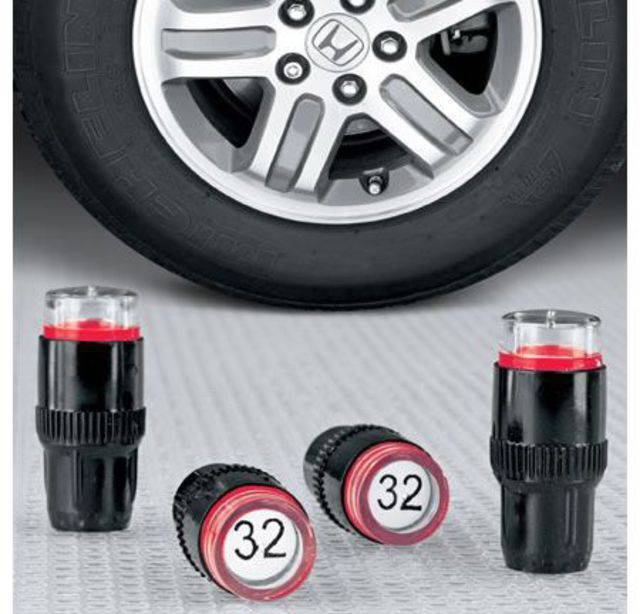 Temperature changes creates pressure difference most of the time.
Temperature changes creates pressure difference most of the time.
Every 5.6 degree Celsius (10 F) equals 1 PSI. So, 32 PSI at hot summer day easily becomes 30 PSI when its get colder vice versa..
Note: Consider the temperature of the tire itself, ie. check them when they cold.
I disagree with an answer saying that tires normally lose 1-2 psi pressure per month. Yes, the upper limit (2 psi) can be okay, but the lower limit (1 psi) is definitely not correct.
Where I live, tires need to be swapped twice per year, as winter tires are mandatory during the winter. Typically, when I filled a tire to 2.3 bar for my 2011 Toyota Yaris when installing it, a year later (when it has been half a year in service and half a year in storage) the pressure is typically something like 1.9 bar. This is a difference of 0.4 bar, or 0.03 bar per month. In psi, it is approximately 0.5 psi per month.
The tires in an older 1989 Opel Vectra seemed to hold pressure much better: often times, when installing the tires (or actually the wheels), the pressure was correct and the tires needed no inflation. Based on this, the lower limit is indeed much, much lower than even 0.5 psi per month. However, once one winter tire had lost considerable amount of pressure during a year, but the remaining three had correct pressure. I don't know what caused this but the problem didn't repeat.
Based on this, the lower limit is indeed much, much lower than even 0.5 psi per month. However, once one winter tire had lost considerable amount of pressure during a year, but the remaining three had correct pressure. I don't know what caused this but the problem didn't repeat.
So, I would say that tires normally lose 0.1-2 psi pressure per month. I suspect the ultimate lower limit is caused by diffusion of air through the rubber. Nitrogen diffuses slower than oxygen, so nitrogen holds up pressure better. Remember, however, that about 80% of air is nitrogen. The possible 2 psi per month pressure losing is probably caused by a seal between the wheel and the tire that isn't completely airtight. If this seal is bad, I suspect nitrogen won't help at all.
Interestingly, bicycle tires lose pressure much faster, and high-pressure tires need to be filled approximately twice per month. I suspect this is caused by the fact that bicycle tires have less rubber so the air can diffuse through the rubber easily.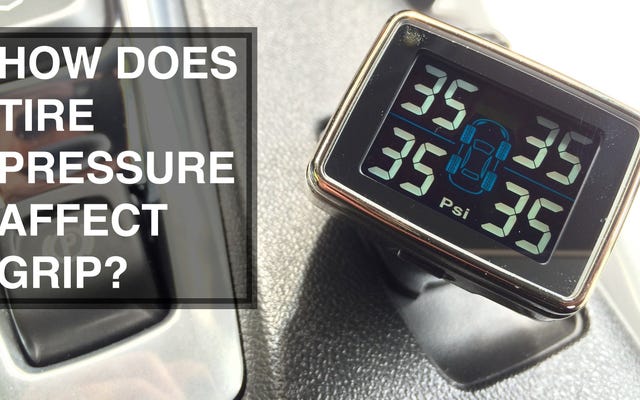 Also the fact that bicycle tires have only part of the rubber (the inner tube) as an airtight seal probably plays a major role in this.
Also the fact that bicycle tires have only part of the rubber (the inner tube) as an airtight seal probably plays a major role in this.
I really feel there is not an absolute rule for this. From my own personal experience, for the longest time I did not maintain my vehicle myself, I would never check or top of tires. From time to time the mechanic would top them up, but normally when I was having something large done.
Now I have started to do it all myself including checking pressure. Over the past 7 months, 1 tire has had to be topped up twice, needed to add about 4 psi each time. The other three tires lost nothing, were right on 34 psi as spec. I know for sure no one else filled this up. 0 psi drop in 7 months.
I travel 750km's a week on this vehicle.
My suspicion is that each tire will have different microscopic imperfections, same with rims, same with installation. I ponder whether removing and reinstalling a tire that regularly leaks a lot, would address the issue.
As I lost 8 psi in 7 months, my experience would be summed up as 1.x psi a month is reasonable.
If you are getting a couple of psi a week leaving you, its probably worth getting it looked at.
1
Depends on the tire. After 3 months, my Michelins had gone down by 3 psi, the cheap Chinese tire I had on went down by over double that.
Photo: Shutterstock
www.adv.rbc.ru
See also
Tires are the only vehicle element that is in constant contact with the road. One of the main indicators of their serviceability is pressure. It affects not only fuel efficiency, but also safety.
As a rule, car manufacturers recommend maintaining tire pressures between 2.0 and 2.8 bar. But in practice there are situations when it is necessary to deviate from this norm.
www.adv.rbc.ru
Tire pressure should be checked at least once a month, there are several ways to do this.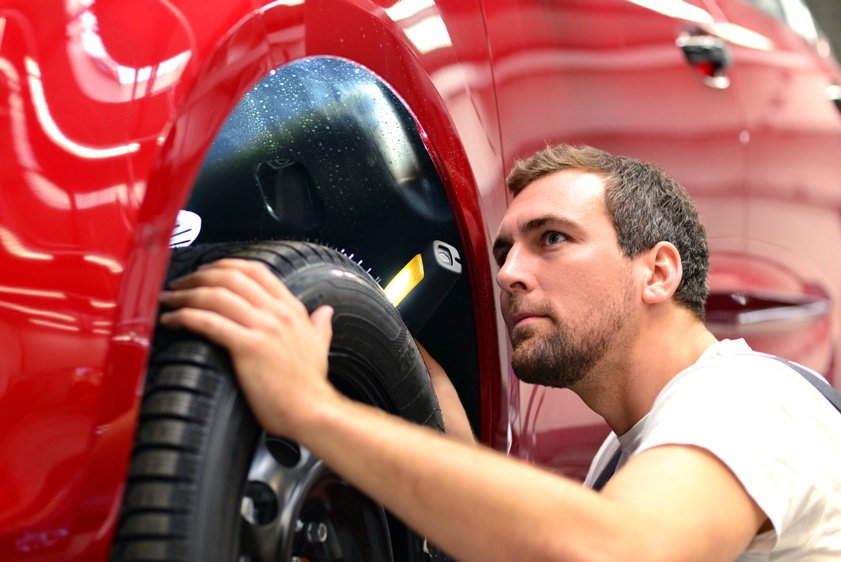 We understand why it is so important to observe the optimal pressure indicator and what it affects.
We understand why it is so important to observe the optimal pressure indicator and what it affects.
In this story:
Tire pressure is the resistance with which air "presses" on the inner area of the rubber. Properly inflated tires will last longer, give you better ride quality and improve your driving safety. If the pressure in the tires is too low or they are pumped over, then the car owner runs the risk of facing a number of problems: from buying new tires to the threat of an accident.
Properly inflated tires will last longer (Photo: Global Look Press)
Under-inflated tires are tires that are below the recommended pressure. In this case, the contact patch of rubber with the road increases, which leads to increased friction or rolling resistance. A worn out outer edge of the tread can visually give out such a problem.
In this case, the contact patch of rubber with the road increases, which leads to increased friction or rolling resistance. A worn out outer edge of the tread can visually give out such a problem.
Increased friction with the road can cause the tire to overheat, slip and even burst. In addition, low tire pressure leads to:
When tires are over-inflated, that is, above the manufacturer's recommended rate, the contact patch decreases. As a result, the main friction with the road is taken over by the central part of the tire.
Excessive tire pressure leads to excessive sensitivity to road irregularities and the risk of tire damage, even destruction. Overinflated tires also cause the following:
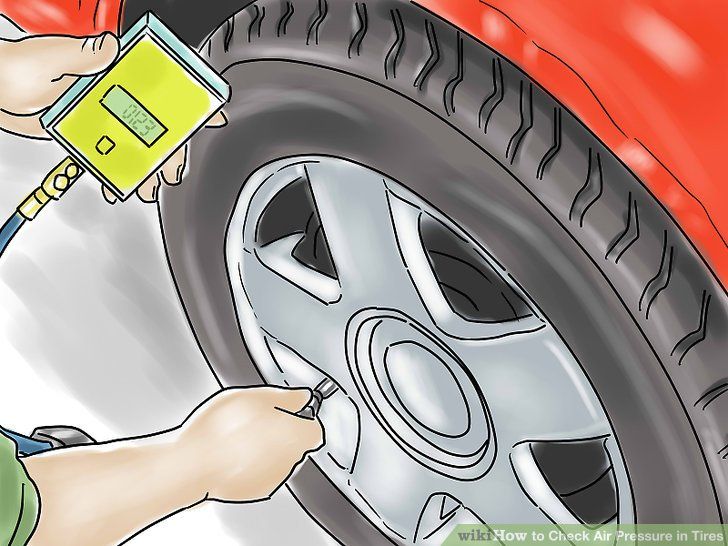
Tatyana Eliseeva, an auto expert, master of sports of international class in motorsport, comments
For flat tires:
For overinflated tires:
Excessive tire pressure leads to excessive sensitivity to road irregularities and the risk of tire damage (Photo: Shutterstock)
For each car model, the manufacturer sets its own optimal tire pressure. This indicator depends on the mass of the car, the speed of operation, the number of passengers (partial or full boarding), as well as the load on the trunk [1].
This indicator depends on the mass of the car, the speed of operation, the number of passengers (partial or full boarding), as well as the load on the trunk [1].
The recommended tire pressure can be found in the vehicle owner's manual or on one of the plates/stickers in the passenger compartment. They can be:
Tire pressure is measured in several units. In Russia, they usually indicate in kg / cm 2 (or atmospheres) and bars (bar). These two indicators are almost equal, which is why they are often used as synonyms:
Foreign models often use pounds per square inch (pound per square inch), or psi:
For convenience, car manufacturers can indicate pressure in two units at once - bar and psi.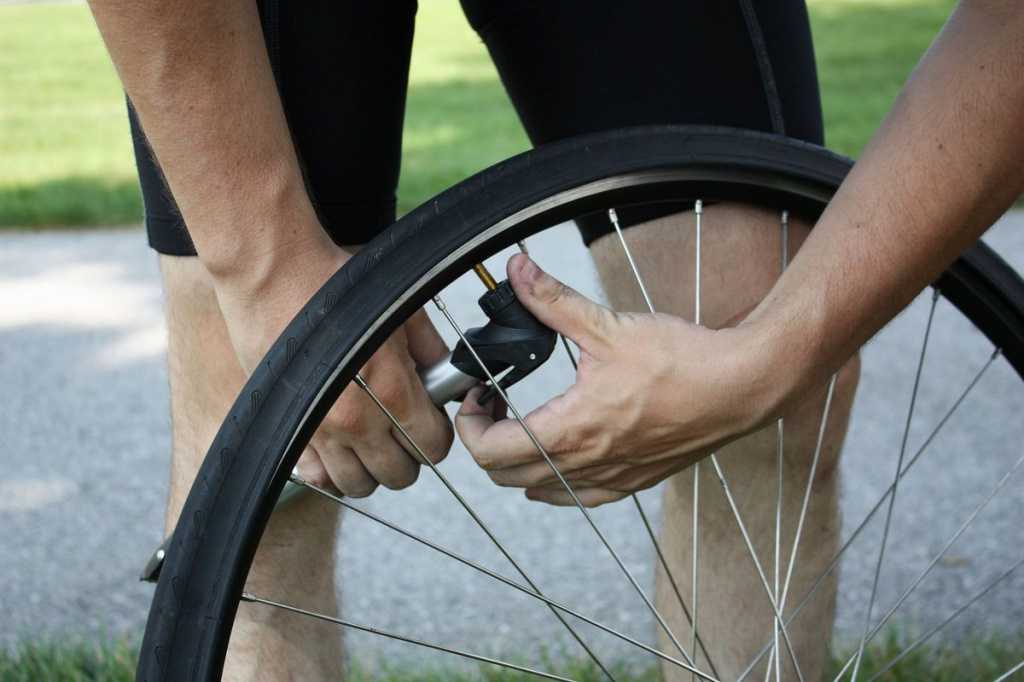 Thus, the need to independently calculate according to the formulas disappears. Otherwise, you can do this in one of the online calculators or check the table of popular values.
Thus, the need to independently calculate according to the formulas disappears. Otherwise, you can do this in one of the online calculators or check the table of popular values.
| 2.0 bar | 2.1 bar | 2.2 bar | 2.3 bar | 2.4 bar | 2.5 bar | 2.6 bar | 2.7 bar | 2.8 bar |
| 29psi | 30psi | 32 psi | 33 psi | 35 psi | 36 psi | 38 psi | 39 psi | 41 psi |
Temperature has a significant effect on tire pressure: when it drops, the pressure in the wheels decreases with it. When the temperature drops by 10 °C, the tire deflates by an average of 0.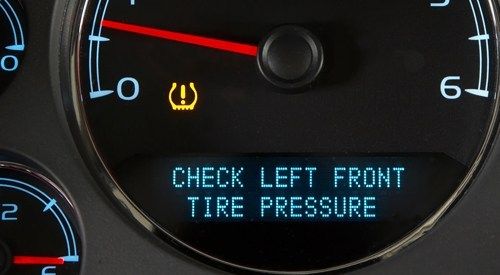 07–0.14 bar or 1 to 2 psi [2].
07–0.14 bar or 1 to 2 psi [2].
Temperature has a significant effect on tire pressure (Photo: Shutterstock)
Summer tires typically use manufacturer's recommended readings. But in winter, it is advised to add about 0.2 bar to these figures [3].
Experts also recommend checking and correcting tire pressure at outside temperature. In the cold season, swapping is best done not in a warm garage, but on the street. In summer, before such a manipulation, you should make sure that some of the wheels of the car were not under the scorching sun, while others were in the shade.
Sometimes the tire pressure needs to be adjusted according to the situation. For example, when the machine is fully loaded or a trailer is towed. For such cases, automakers, as a rule, separately indicate the optimal pressure.
But there are moments that fall into the category of extreme and non-standard (especially if before that the car most often drove around the city). Automotive expert Tatyana Eliseeva analyzed the most common of them.
Automotive expert Tatyana Eliseeva analyzed the most common of them.
Leads to heating of the wheels, especially in summer, and therefore it is necessary to follow the manufacturer's recommendations before such a trip. We do not know what we will meet: patched road repairs or heavy rain. After all, for each of these situations, the recommendations will be opposite. Athletes can play with pressure when track conditions are known and engineers can always change the settings. For a long journey, the layman just needs to choose the average.
Tires must be bled off, especially on sand. The question is for how much? You can bleed up to 0.7 atm, but a not very experienced motorist can slip the wheels with an inaccurate movement, and if the driver turns the steering wheel sharply (for example, trying to catch on the edge of the track), then the tire can come off the disk. And such cases occur regularly.
At near-zero temperatures on packed snow, ice or sludge for new wheels (velcro or studded) it is better to pump the wheels a little so that water and sludge are squeezed out of the central zone of the contact patch and the tread is better worked. The wheel must be cleared for the tread to work. When it is clogged with snow, the braking distance and traction deteriorate greatly.
The wheel must be cleared for the tread to work. When it is clogged with snow, the braking distance and traction deteriorate greatly.
If the car has worn wheels, but with an acceptable tread depth for winter tires (4 mm), then you should not hope for the correct operation of the tread. Such a low checker no longer pushes the snow. In this case, it is necessary to reduce the pressure in the wheel, thereby increasing the same contact patch.
Photo: Global Look Press
On a country road, the weight of the machine will be an important factor. In this case, we select the pressure according to the load - specific indicators must be viewed on the central pillar of the body. There you will see something like the following recommendation: the more the car is loaded, the higher the pressure in the rear wheels should be.
But a badly broken road can lead to herniations, ruptures and tire damage. Therefore, if we increase the pressure, then we drive on a bad road as calmly and measuredly as possible. Or we slightly deviate from the manufacturer's recommendations and raise the pressure not as much as the manufacturer recommends.
Or we slightly deviate from the manufacturer's recommendations and raise the pressure not as much as the manufacturer recommends.
The main factor in changing the behavior of the wheel is not the pressure drop at altitude, but the presence of a large number of sharp turns and long braking. The tire will heat up not only from the loads, but also from the operation of the brake mechanisms. Therefore, the idea that due to low pressure it is necessary to increase the pressure in the tires is wrong, because the temperature of the wheel has a much greater influence in this case.
The recommended pressure is always given when the tires are cold. This means that the vehicle has not been driven for three hours or has traveled less than 1 mile (or one mile).
There are two ways to check tire pressure: on your own or at a workshop. In the first case, it is enough to use a public pump at a gas station or purchase a pressure gauge.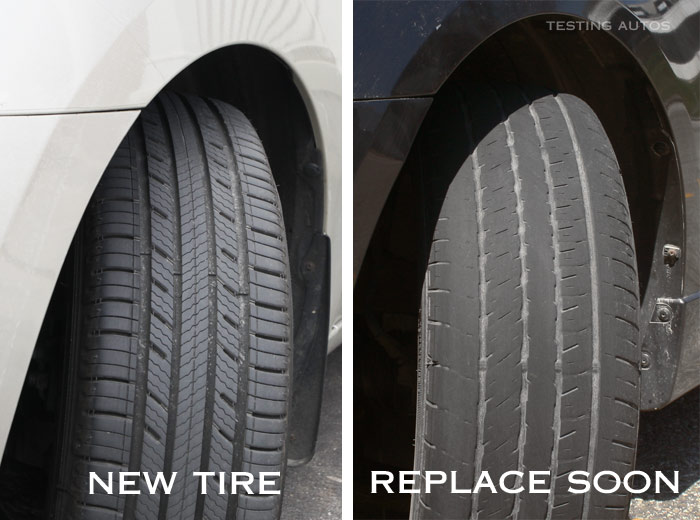 This tire pressure measuring device comes in three types:
This tire pressure measuring device comes in three types:
Another option is to install special pressure control caps on each nipple. Such a gadget works as follows: the upper part of the cap is transparent and, depending on the level of pressure, an indicator of three colors appears in it. Green - the pressure is normal, yellow - the tire is flat, red - the pressure has exceeded the norm.
Photo: Shutterstock
The easiest way to monitor tire pressure is with the automatic TPMS (Tire Pressure Monitor System). Today it is installed on almost all models, and in some countries its presence is a prerequisite for releasing a car from the assembly line.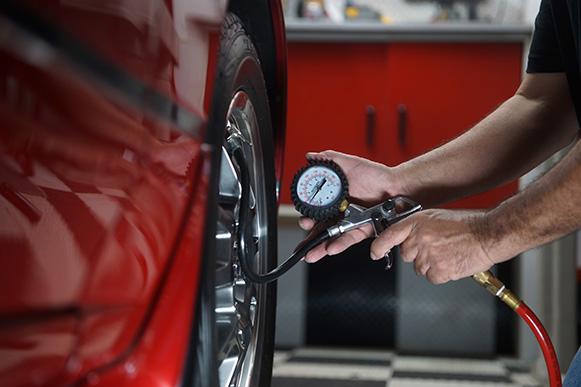
In these systems, the electronics automatically detect changes in the tire, and if the pressure drops below the recommended value, a warning signal lights up on the on-board computer screen.
There are two types of TPMS:
Car manufacturers recommend checking tire pressure every two weeks, but at least once a month. Indeed, even under ideal conditions (for example, the car is idle for a long time), the wheels lose approximately 0.069bar, or 1 psi, per month [4].
The pressure should be monitored before and after a long trip, during a sudden change in temperature (for example, during the first frost or warming), and also after changing tires or driving with a load.
Also, don't forget the spare wheel. Automakers advise servicing it at least as often as the main wheels. As a rule, it has its own optimum pressure values, which can be found in the operating brochure or information table.
| Make and model | Standard load front pressure | Rear pressure at standard load |
| Lada Granta (standard version) | 2.0 bar | 2.0 bar |
| Lada Vesta | 2.2 bar | 2.2. bar |
| Kia Rio | 2.3 bar | 2.3 bar |
| Hyundai Creta | 2.3 bar | 2.3 bar |
| Renault Duster | 2.0 bar | 2.0 bar |
How often should the tire pressure be checked?
Most manufacturers recommend checking tire pressure at least every two weeks.
The fact is that even a completely intact tire gradually loses pressure. This is due to the fact that air gradually seeps through the material, beads and nipple. Sudden temperature changes also contribute to air leaks. In addition, most modern tires do not lose pressure instantly in the event of a puncture. The normal pressure drop is approximately 1psi (0.08 atm.) per month.
Measure the pressure in the tires and pumping should be done "cold". All tire pressure values in the instructions for the car are indicated "cold". While driving, the tire and the air in it heat up, the pressure rises. Therefore, the results of pressure measurements after driving may be higher.
How to measure tire pressure correctly?
The pressure must be measured when the tires are cold. Those. with tires that have not yet been ridden. When driving, the pressure increases, sometimes increasing by 20%. This is normal and taken into account when creating tires.
What is the recommended tire pressure?
Tire pressure must be set in accordance with the recommendations of the manufacturer of your car, but it must not exceed the maximum allowable. The maximum permissible value for a tire is indicated on its sidewall and is indicated in "PCI" (1pci = 0.08 atm).
The maximum permissible value for a tire is indicated on its sidewall and is indicated in "PCI" (1pci = 0.08 atm).
What is the best way to wash tires and rims?
Car shampoo is best for cleaning tires and rims. After washing, the tires must be rinsed thoroughly so that no detergent residue remains in the stud holes or between the tread grooves. When washing tires with high pressure water, be careful that the cord structure can be damaged.
How should tires be stored?
When storing tires on rims, wash tires and rims thoroughly with water and allow to dry completely. Then hang, if possible, or stack one on top of the other (up to all four). In order not to get confused in the tires, mark how they were installed on the car. Avoid any contact of tires and rims with chemicals or oils. Store them in a dark, cool place.
What residual tread depth is required for normal tire operation?
Tires with a tread depth of less than 3 mm cannot guarantee safe driving both on winter roads and in summer when hitting a puddle. In some European countries, winter tires with a tread depth of less than 4 mm. considered unusable.
In some European countries, winter tires with a tread depth of less than 4 mm. considered unusable.
Why is it necessary to fit directional tires according to their direction of rotation?
If you have a tire with a directional tread pattern on the sidewall of the tire, an arrow (in some cases and the inscription Rotation) indicates the direction of rotation (orientation). Only with the correct installation you are guaranteed the declared performance of the tire, especially with regard to the effective removal of water/snow/dirt from the contact patch. If the tires are installed incorrectly, then the tire will, on the contrary, “rake” under itself, which will significantly worsen its behavior on the road, especially in difficult operating conditions.
My tires wear unevenly. Why?
Tires wear more in the middle of the tread when the air pressure is higher than the norm for this type of tire. Stronger wear on the side, outer or inner edges of the tire is a signal that the toe and camber angles need to be adjusted.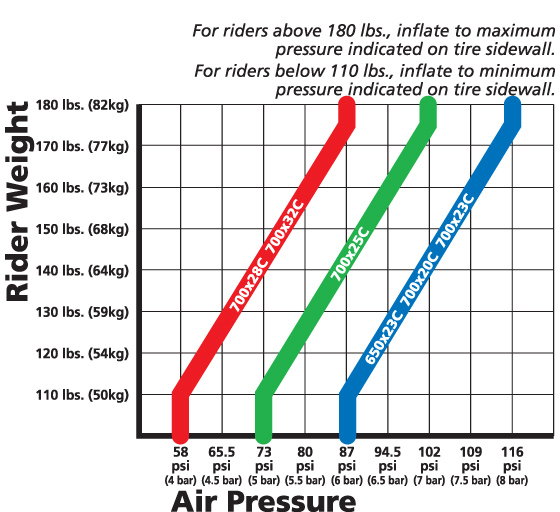 "Spotted" tire tread wear indicates wheel imbalance.
"Spotted" tire tread wear indicates wheel imbalance.
When should tires be replaced with new ones?
You should replace a tire if any of the following visual defects are present:
If the tread depth is less than 3 mm;
If the tire has a "bald" part;
If any inside of the tire is visible;
If the sidewall of the tire is inflated;
If the tire is cracked;
If the tire is different in size from the tire on the other side of the same axle.
Is it worth repairing tires?
Many experts are against car tire repair. A sharp object (nail, glass, etc.) can damage the steel belt. And if a damaged steel belt comes into contact with moisture, the oxidation process will begin. Over time, oxidation will lead to the destruction of the tread. A sharp object can also damage the carcass, which is responsible for the strength and flexibility of the tire.
Trust tire repair only to professionals. Before repair, the tire must be removed from the rim to check for internal damage.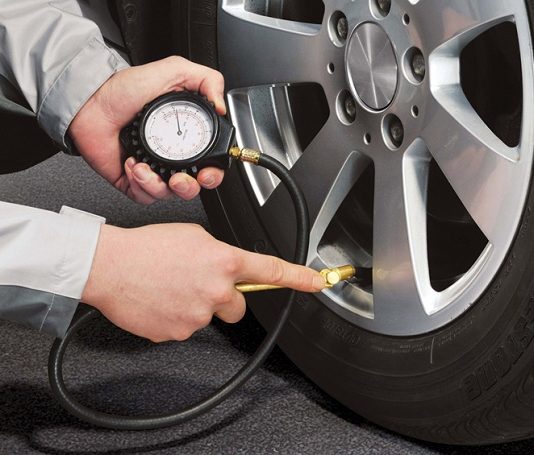 Tires must not be repaired if their characteristics (speed, load index) change in any way after the repair. After any intervention in the tire / disk, balancing is necessary. It is not recommended to repair tires with a high speed index (V, W, Y, ZR, from 240 km/h).
Tires must not be repaired if their characteristics (speed, load index) change in any way after the repair. After any intervention in the tire / disk, balancing is necessary. It is not recommended to repair tires with a high speed index (V, W, Y, ZR, from 240 km/h).
How does tread depth affect tire function?
Despite the increasing demand for electronic safety systems such as ABS, tires remain the single most critical indicator of vehicle contact with the road surface. And tread depth has a big impact on tire performance. Depending on the model, new tires have a tread depth of 7 - 9.5 mm. As the tread wears out, tires lose their performance, which is especially noticeable in critical situations. For example, a worn tire can have twice the braking distance on a wet surface as compared to a new tire. The risk of aquaplaning also increases significantly with worn tires. According to Russian traffic rules, as well as according to European law, the minimum tread depth for all car tires is 1.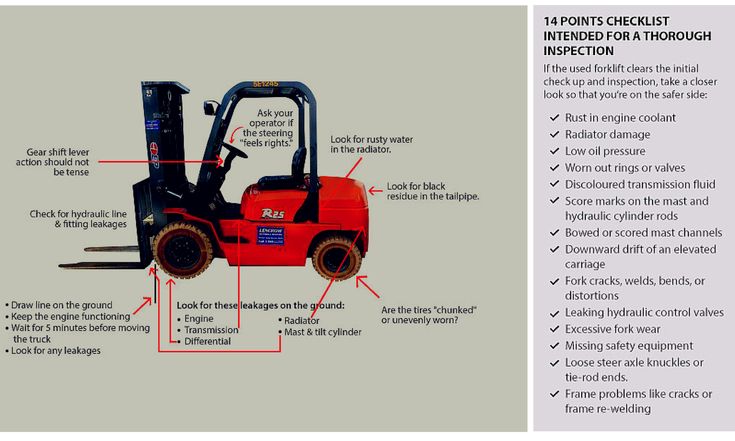 6 mm. When the minimum depth is reached, the tread wear indicators in the grooves will be at the same level as the tread blocks (approximately 2mm tread depth). Experts recommend replacing tires when the tread depth for summer tires reaches 3 mm, and for winter tires - 4 mm.
6 mm. When the minimum depth is reached, the tread wear indicators in the grooves will be at the same level as the tread blocks (approximately 2mm tread depth). Experts recommend replacing tires when the tread depth for summer tires reaches 3 mm, and for winter tires - 4 mm.
What is silica?
Silica (white soot) - precipitated silicic acid used in the preparation of rubber compounds. The use of silica reduces rolling resistance by 20% or more. Assuming the tires have the correct air pressure, reducing rolling resistance by 20% saves fuel consumption by 5%. Performance on wet roads is also improved. The use of silica in winter tires makes them more flexible at low temperatures, improving traction and shortening the braking distance. All Cordiant winter tires use this component.
Where are tires studded?
Tires can be studded both at the factory and by local dealers. Studding under the control of the manufacturer improves the quality of studding. All Cordiant tires are tested for the quality of studding by the manufacturer's specialists.
All Cordiant tires are tested for the quality of studding by the manufacturer's specialists.
How can I find out the production date of a tire?
On the sidewall of the tires you can see a four-digit number indicating the year and week of manufacture. For example, code 2100 means that the tire was produced in the 21st week of 2000. A three-digit code on the sidewall of a tire indicates that the tire was manufactured before 2000 and indicates the month and year. For example, code 129means that the tire was manufactured in December 1999.
What is "hydroplaning"?
Reduced tire contact area on wet roads due to the inability to effectively drain water from under the tread.
When should I change my car?
The signal for the transition to winter can be:
Snow or ice on the road surface; The average daily temperature is below +7°C; At temperatures below +7°C, summer tires increase braking distances on wet surfaces. With winter tires, the tread remains flexible even at very low temperatures, providing optimal grip on roads covered with snow and ice.
With winter tires, the tread remains flexible even at very low temperatures, providing optimal grip on roads covered with snow and ice.
Floating stud tires - myth or reality?
The term “floating stud” tire has been used in the car tire sales market for a long time, and many people ask the question: how is it that during heavy loads on the tire surface, the studs seem to disappear when driving on asphalt, but barely “ seeing the surface of ice, the spikes reappear? And it turns out everything is very simple. There was a time when some car tire manufacturer, when producing a description of their offspring, wrote that a new stud design and new tread designs could allow this new tire to have minimal stud loss while driving a car. However, apparently some translators of this description mistranslated some terms, which led to such an absurd situation when the expression “floating spike” appeared among the people. The sellers of car tires, realizing that this expression can be a success with buyers, began to actively use it, due to which sales from merchants increased significantly.